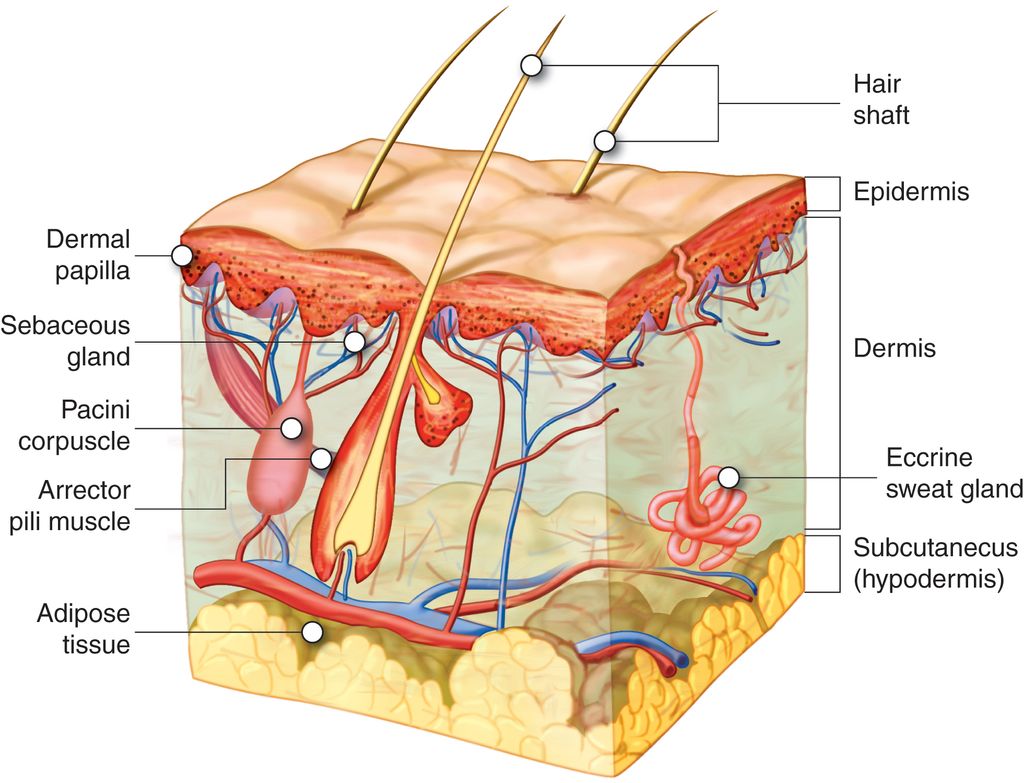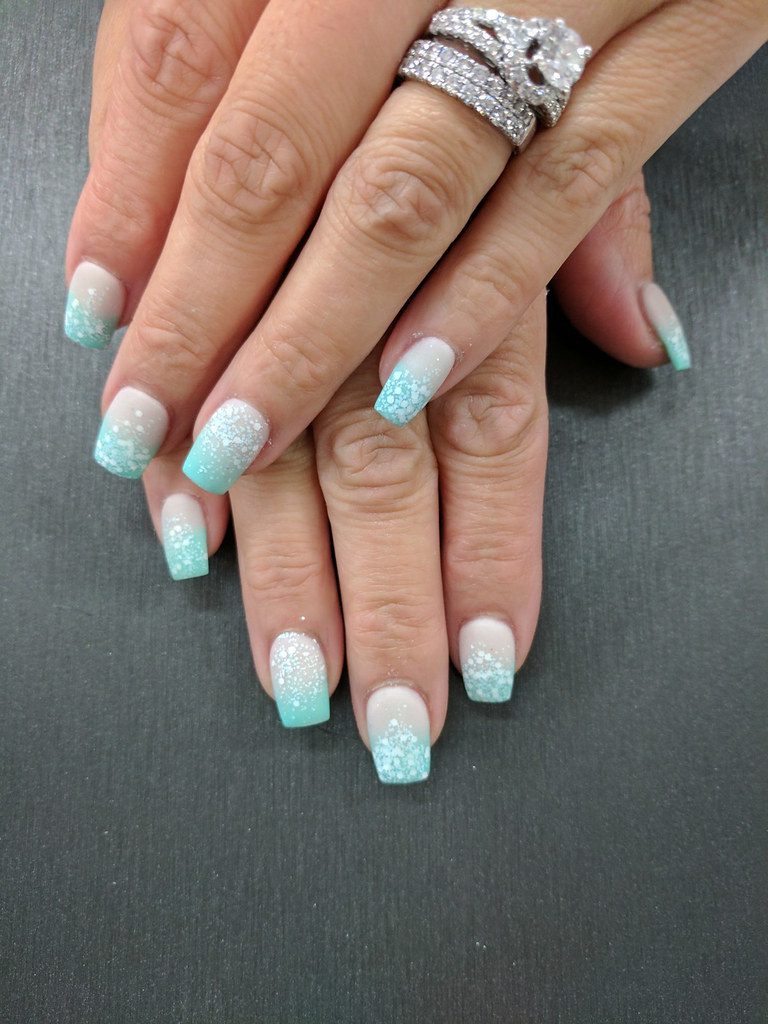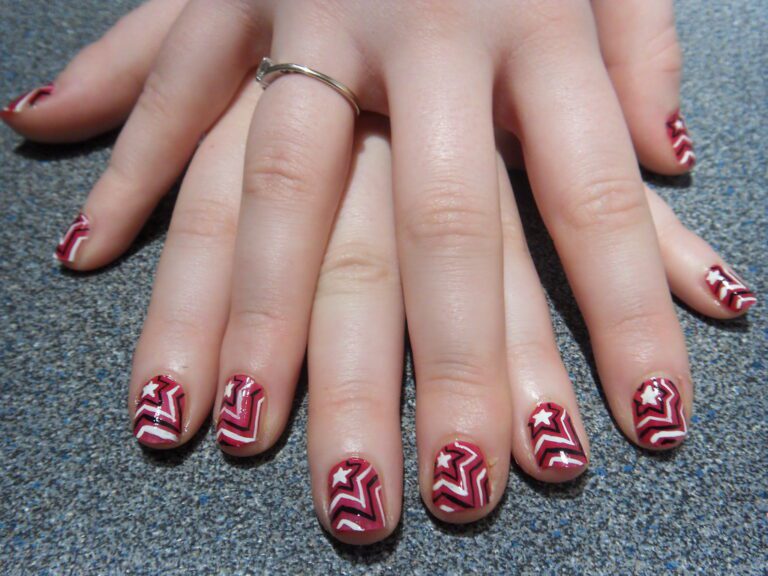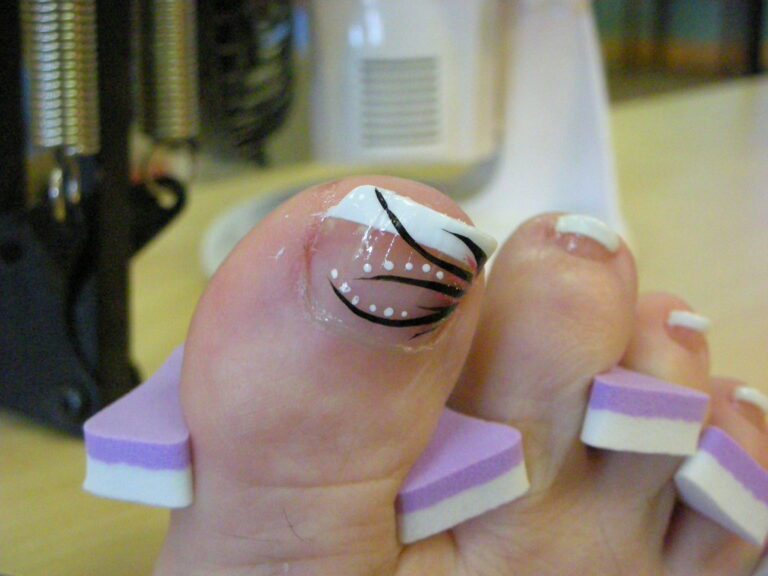“Growing Pains: Where Do Nails Grow From?”
Nails are a fascinating part of the human body, and understanding their growth process is essential for maintaining healthy nails. In this article, we will explore the anatomy of nails, factors that affect their growth, and common misconceptions about nail growth. By the end, you will have a better understanding of where nails grow from and how to care for them effectively.
Key Takeaways
- Proper nutrition is crucial for healthy nail growth.
- Maintaining good hygiene can promote healthy nail growth.
- Environmental factors such as temperature and humidity can impact nail growth.
- Nail growth is not determined by age alone but is influenced by various factors.
- Regular nail care and maintenance are essential for promoting strong and healthy nails.
Understanding the Anatomy of Nails

The Structure of Nails
The structure of nails is composed of several layers, including the nail plate, nail bed, and cuticle. The nail plate is the hard, protective layer that covers the nail bed, while the nail bed contains blood vessels, nerves, and melanocytes that produce melanin. As the root grows, the nail streams down along the nail bed and adds material. It’s a complex process that involves the interaction of various components, resulting in the formation of the nail we see on the surface. Understanding the intricate layers of the nail structure is essential for comprehending the nail growth cycle and maintaining nail health.
Nail Growth Cycle
The cycle of nail growth is a fascinating process that begins at the nail matrix, a tissue located under the skin at the nail’s base. This is where new nail cells are generated, pushing the older cells forward and causing the nail to lengthen. As the cells move away from the matrix, they harden and form the visible part of the nail.
Nail growth is not uniform and can be influenced by various factors. For instance, the nails on your dominant hand often grow faster due to increased blood flow and activity. Similarly, toenails grow more slowly than fingernails. Here’s a simple breakdown of the growth rates:
- Fingernails: Approximately 3.5 mm per month
- Toenails: Approximately 1.5 mm per month
Remember, nail growth can also be a reflection of your overall health. Sudden changes in nail growth or appearance can signal nutritional deficiencies or underlying health issues.
Tip: Regularly moisturizing the cuticle and nail bed can promote healthier nail growth by ensuring the matrix is well-nourished.
Factors Affecting Nail Growth

Nutrition and Nail Health
The health of your nails is closely tied to your overall nutritional status. A balanced diet rich in vitamins and minerals is essential for maintaining strong and healthy nails. For instance, biotin, a B-vitamin, is known for its role in promoting nail strength and preventing brittleness. Similarly, iron is crucial to prevent spoon-shaped nails, a condition known as koilonychia.
Protein intake is also vital, as nails are primarily composed of a protein called keratin. A deficiency in protein can lead to weak, brittle nails. Here’s a quick list of nutrients and their benefits for nail health:
- Biotin: Enhances nail thickness and hardness
- Iron: Prevents abnormal nail shapes
- Zinc: Aids in nail growth and repair
- Vitamin C: Essential for collagen production
- Omega-3 Fatty Acids: Promotes nail luster and hydration
Tip: Consistently including these nutrients in your diet can lead to noticeable improvements in nail health over time. Remember, the effects of dietary changes may take several months to become apparent, as nails grow slowly.
Environmental Influences
The environment plays a significant role in the health and growth of our nails. Factors such as exposure to harsh chemicals, frequent contact with water, and extreme weather conditions can all impact the integrity of our nails. For instance, prolonged immersion in water can lead to softened nails, making them more susceptible to breakage. On the other hand, cold and dry climates can cause nails to become brittle and crack.
Temperature is a key environmental factor that affects nail growth. Warmer climates tend to promote faster nail growth, while colder environments may slow it down. Additionally, exposure to ultraviolet rays can also have detrimental effects, potentially leading to nail discoloration and weakening of the nail structure.
Preventative measures can be taken to mitigate the negative effects of environmental influences on nail health. Wearing gloves when using detergents or cleaning agents, and applying moisturizer to the nails and cuticles can help protect them from damage. It’s also beneficial to limit the time nails are submerged in water and to use nail hardeners if necessary.
Common Misconceptions About Nail Growth

Nail Growth and Hygiene
The correlation between hygiene and nail growth is often misunderstood. While keeping nails clean is essential for preventing infections, hygiene practices alone do not directly enhance the growth of nails. However, proper nail care can prevent damage and breakage, indirectly supporting healthy nail growth.
Hygiene practices recommended for maintaining nail health include:
- Keeping nails clean and dry to prevent fungal infections.
- Trimming nails straight across to avoid ingrown toenails.
- Using a moisturizer to keep the nail and surrounding skin supple.
Tip: Avoid excessive use of nail polish remover, as it can dry out your nails and cuticles, leading to brittleness.
It’s important to recognize that while hygiene contributes to the overall health of your nails, it’s the balanced combination of genetics, nutrition, and care that determines the rate and quality of nail growth.
Nail Growth and Age
As we age, our bodies undergo various changes, and our nails are no exception. The rate of nail growth tends to decrease with age, a phenomenon that is often accompanied by other alterations in the nail’s appearance and structure. For instance, nails may become more brittle, develop ridges, and take on a yellowish hue.
- Age-related changes in nails are not just cosmetic; they can also reflect the body’s internal processes and overall health. It is important to maintain proper nail care throughout one’s life to minimize these effects. Here are some age-related changes you might notice in your nails:
- Slower growth rate
- Increased brittleness
- Development of ridges
- Yellowing of the nails
While you cannot stop the natural aging process, maintaining a balanced diet and proper nail care can help keep your nails healthy as you age.
Many people have misconceptions about nail growth. Some believe that nails grow faster when they are frequently trimmed, while others think that applying nail polish inhibits nail growth. However, these are just myths. In reality, nail growth is determined by factors such as age, genetics, and overall health. If you want to learn more about nail care and debunk common myths, visit NAILinspire.com – The Ultimate Online Nail Art Design Library. Our website provides valuable information and tips for maintaining healthy nails and creating stunning nail art designs.
Frequently Asked Questions
Where do nails grow from?
Nails grow from the nail matrix, which is located under the skin at the base of the nail.
Do nails grow faster in the summer?
Yes, nails tend to grow faster in the summer due to increased blood flow and higher humidity.
Can nail growth be affected by stress?
Yes, stress can affect nail growth as it may lead to poor circulation and nutrient deficiencies.
Do nails grow after death?
No, nails do not continue to grow after death. The appearance of nail growth is due to the retraction of skin and dehydration.
Is it true that filing nails makes them grow faster?
Filing nails does not make them grow faster. It only helps in maintaining the shape and preventing breakage.
Can nail polish affect nail growth?
Nail polish does not directly affect nail growth, but leaving it on for extended periods without breaks may weaken the nails.







